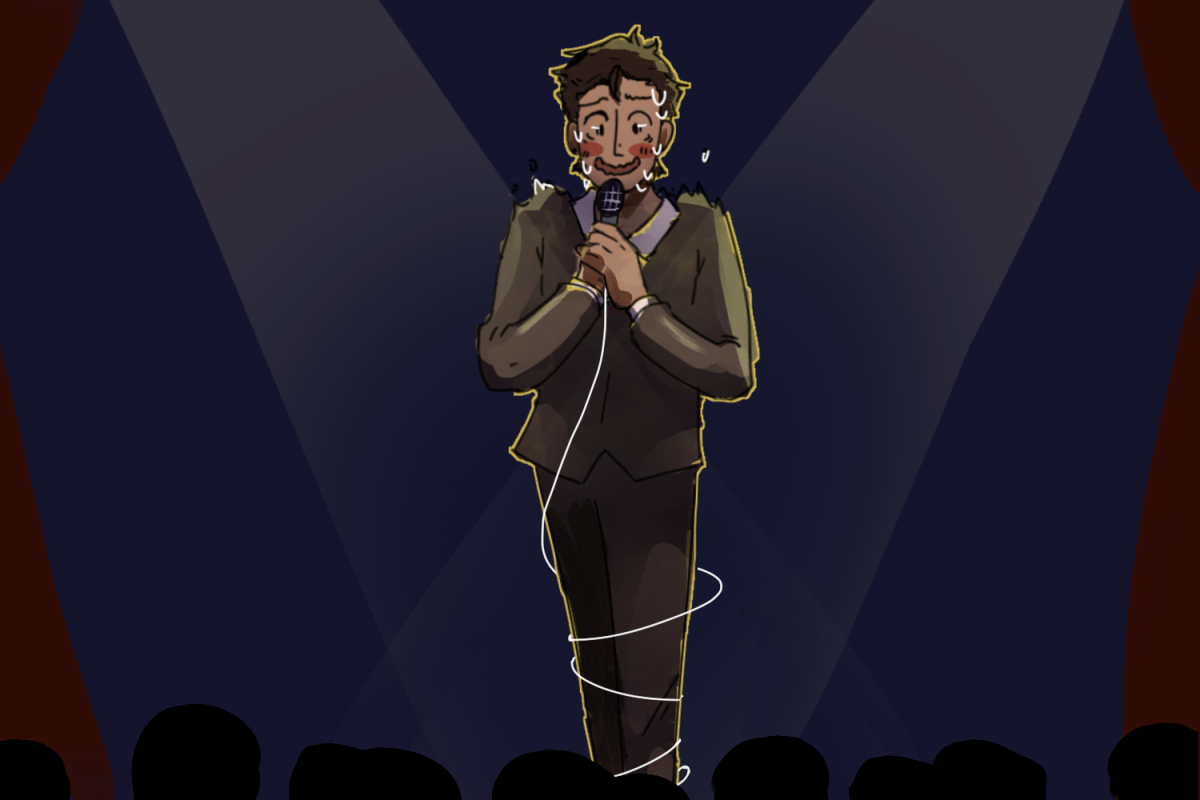When I was in graduate school studying mathematics, every time I’d hang out with colleagues at a bar or restaurant, we had a hard time splitting the check. Despite our academic background, us mathematicians are horrible at doing arithmetics — and basic math in general.
Also surprising is the fact that everyone who studies advanced mathematics knows the Greek alphabet. In fact, Greek letters are so used in math and sciences requiring mathematical modeling that it led to a joke by cartoonist Zach Weiner — “Isn’t it weird how the Greek language is entirely made up of physics symbols?”
Now, of course, learning the Greek alphabet as a byproduct and being incapable of performing basic math calculations, are not very good descriptions for a mathematician. Perhaps a joke by a Hungarian mathematician, Paul Erdős, is more accurate — “A mathematician is a device for turning coffee into theorems.”
And what about mathematics itself? While it is true that it’s something concerned with arithmetics, involving Greek letters and centered on theorems fueled by coffee loving mathematicians, those are merely some descriptive features. Let’s get a little more conceptual.
There are two common misconceptions about mathematics. Carl Gauss, one of the greatest mathematicians of all time, asserted that “Mathematics is the queen of the sciences.” But math is not a science, because mathematical theories, once established, are not falsifiable. Yet falsifiability is widely regarded as one of the main characteristics of a scientific theory.
A second conception is that math is a language. In the words of Galileo Galilei, “The universe cannot be read until we have learned the language and become familiar with the characters in which it is written. It is written in mathematical language.” Well, mathematics isn’t a language either. A language is simply a tool for communication. Although mathematical notation allows aspects of natural and fictional worlds to be discussed in an idiosyncratic fashion, this is a very narrow detail in a much broader picture.
In fact, mathematics is a tenable extension of how our brains represent reality. Take, for example, the circle of radius 1, centered at the origin of the Cartesian plane. There are many different ways of representing it. Here are three. First, there’s the parametric way, in which the points along the edge of the circle are defined by all the points which satisfy an equation involving cosine and sine. Second, there’s the implicit way, in which The circle is defined by the set of points in the plane whose distance from the origin is exactly 1. Third, there’s the limit way, in which a circle is the limit of an infinite sequence of regular polygons contained in it, where every polygon on the sequence has one more edge with respect to its predecessor.
Some representations are more useful than others depending on the situation. For instance, a limit representation is preferred in computer graphics for drawing a circle on a screen. On the other hand, the parametric representation of a circle is better to compute the centripetal force in a curve.
There is an additional unique representation of objects found in our mental functions. Despite recent advances in artificial intelligence, the way in which we mentally represent objects and use them in computations remains a mystery. We do not know how our brain represents a circle.
It’s worth mentioning, however, that research in artificial intelligence is finally reaching a point where such representations are discussed. This field of research is concerned with the problems of capturing features from images in a way that allows a computer to recognize which objects are in it. Nobody knows how our brains identify objects yet, we know that different areas of the brain are specialized in it.
Mathematics gives us a clue as to how our brains represent objects. Mathematical constructs are an extension of the representations of reality implemented in our brains. When our ancestors were using rocks to help counting they were extending the representation and computing capabilities of their brains to outside their heads for the first time.
Considering the importance of math to our increasingly technology-dependent world, having the correct grasp of mathematics as an extension of how we represent reality is not simply a philosophical exercise. It is of practical relevance, specially because it guides how we teach it.





















































































































































